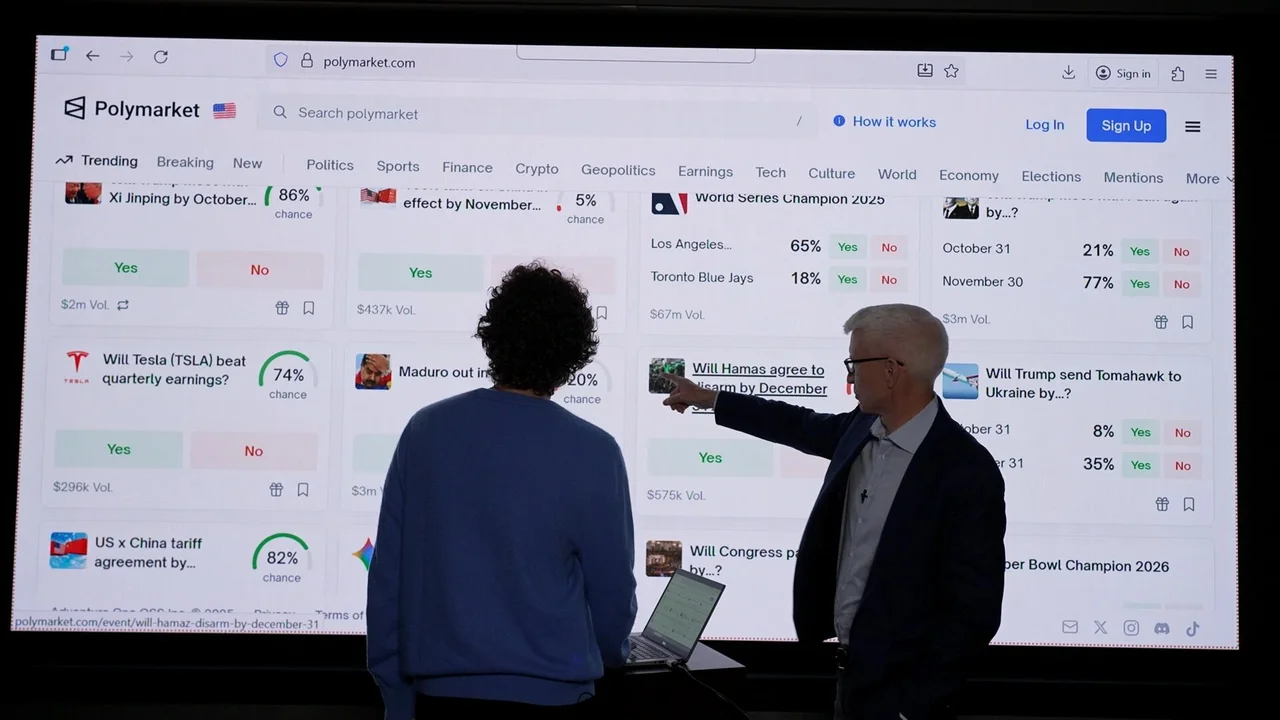Grow Your Startup In No Time Using The 4 Ps Strategy

Some time ago, I wrote about why Startups fail. Before writing the article, my research led me deep into the abyss of startup failure. The statistics are staggering and if I'm being honest, equally discouraging. Here is a tidbit from my research;
- 90% of startups fail.
- 10% fail within the first year and the remaining in 2 to 5 years of being founded.
- The three main reasons for startup failure are; inadequate capital, no market for the product, and inability to outmaneuver the competition.
Taking a closer look at the top three reasons for failure, it becomes clear what needs to be done in order to keep a startup alive. These are; money, a good market, and competitive advantage (not necessarily in that order).
Although money is the lifeblood of a startup, it is not the only ingredient needed to sustain and grow it. Money can buy you a nice building, the latest technology, and the most talented employees, but it can’t buy you a good brand identity and customer loyalty. To get that, you need one more ingredient and that is a good market.
This is why entrepreneurs often come up with different marketing strategies because no matter how good a product is, it is of no use if nobody gets to use it, right? Marketing (advertisement) is a multi-billion dollar company, that bridges the gap between products and consumers. It is also a fundamental aspect of startup growth and in this article, I will talk about the 4 Ps strategy of successful marketing.
What is the 4 Ps Strategy?
The 4 Ps stand for P - Product, P - Place, P - Promotion, and P - Price. These are components of a marketing strategy that work in synergy and are equally dependent on each other. First, you start with ensuring the product is available at the right place to meet your target customers. When this is done, the next step is to promote the product at an acceptable price. Let’s look at each element of the three Ps one after the other.
Product
The first step to breaking into any niche industry is by creating a product that people will want to buy. Without a good product, failure is inevitable. Therefore the first P in the 4 Ps marketing strategy stands for the product.
This can be goods or services offered by a startup. Before you think about product placement, promotion, and pricing, the product itself has to check a very important box, that is, satisfying a specific need or solving a given problem.
Without this, it is really difficult for a startup to break into any industry, talkless of growing. Here are three questions you should ask yourself when deciding what product will help your company grow;
- Who needs your product or service?- The audience or target consumers
- What need does your product or service satisfy?
- How does your product or service stand out from the competition?
If you can answer all three questions, you’re on your way to building the next successful product.
Place
Imagine being stuck in the middle of nowhere, and after walking for several hours, you find a nice little Cafe, just the place you'd think will have a cold drink. Only to realize that they serve just coffee. I bet you’d storm out of the Cafe in anger. This is why the second P in the 4 Ps strategy is important.
Place refers to locations where you can position your products that will lend the best exposure to the target customers. That is, where your target audience is more likely to see your product and purchase it. This may sound obvious but in so many instances, businesses have had to shut down not because they didn’t have good products but because they were not well positioned.
A luxury goods brand would likely open a retail shop in an area that's frequently visited by people who can afford to buy their products. It will be a waste of time and resources to open such an outlet in a small community where the least expensive item is still way above the paycheck of the average consumer. To help you determine the best location for your product, here are some questions to ask yourself;
- Where are my target customers located?
- How can I get my products to reach my target customers (distribution channels)
- Which location(s) offers the best strategic advantage in terms of proximity to target customers and available distribution channels?
Promotion
Promotions or promos are a way of making your products or services known to your target customers by means of advertisement. When you have decided on your target customers and positioned yourself in the best possible location to reach them, it is then time to draw their attention.
You do this by advertising your products or services either using digital mediums (TV, and social media platforms) or non-digital mediums (flyers, billboards, stickers, etc.). Entrepreneurs use different strategies in promoting their products. The most common strategy is to offer discounted prices for a period of time.
Customers are more willing to try out a new product that is offered for half the price. If they like it, they will stick to it even after the promotion is over. Also, do not need to break the bank while trying to promote your product. There are several budget-friendly options available for startups.
Price
One of the most delicate aspects of marketing is finding the right price for your product. It is delicate because there are internal and external factors that determine the final price of your product. An efficient and cost-effective production process will drive down the price of products while maintaining their quality.
On the other hand, investing too much in equipment can have a predictable side effect on a startup if there is no break-even in sales. You might be forced to increase the prices of your product just to cover the operational cost of your business.
Another angle is the competition. What price is the competition offering for a similar product? If the competition offers a lower price than what you are offering, then you must ensure your customers get to know why they have to pay extra for your product. Is your product worth the extra cash and why?
This is why marketing campaigns focus on any little advantage a product has over the competition as this can later be used to justify variations in prices. However, always aim for a sweet spot when pricing your products. A low price tag may drive away the target audience in the sense that it signals an inferior quality. A high price tag may be above the acceptable spending limit of your target audience. Both scenarios are bad for your profit margin and should be avoided at all costs.
Conclusion
Here are key points to take home from our discussion;
- Create products that meet the needs of a target audience
- Choose the right location for your business. That is one that gives you easy access to your target audience.
- Promote your product, create awareness and place emphasis on its advantages over the competition.
- Find the perfect price point.
These are practical steps that can help tip the scales in your favor by transforming your startup from a fledgling into a household name.
FAQs: Grow Your Startup In No Time Using The 4 Ps Strategy
The 4 Ps stand for Product, Place, Promotion, and Price. These are core components of a marketing strategy that work together to help businesses develop and grow. A good product solves a specific need, the right place ensures customers can access it, promotion builds awareness, and pricing balances customer expectations and business goals.
The 4 Ps strategy ensures that you focus on essential aspects of your business: creating a desirable product, delivering it effectively to customers, promoting it to increase visibility, and pricing it competitively. This holistic approach directly addresses some of the main reasons startups fail, including no market need, poor positioning, and lack of customer awareness.
When developing a product, consider the following: - Who needs your product or service? Identify your target audience or customer base. - What problem does your product solve? Ensure it addresses a real, valuable need. - How does it stand out from the competition? Highlight its unique features or advantages.
The "Place" aspect focuses on positioning your product where your target customers are most likely to encounter and purchase it. Ask yourself: - Where are my target customers located (physically or online)? - What distribution channels will make it easy for them to access my product (e.g., retail stores, e-commerce platforms)? - Which locations or platforms provide the best access to these customers?
Startups can utilize both digital and non-digital promotion strategies without breaking the bank: - Digital marketing: Social media ads, search engine optimization (SEO), email campaigns, and influencer partnerships. - Non-digital marketing: Flyers, local networking events, and strategic partnerships. Offering discounts or introductory promotions also encourages customers to try your product for the first time.
To determine the right price, consider: - Cost of production: Ensure pricing covers costs and achieves profitability. - Market value: Research competitors' prices to understand what customers are willing to pay. - Customer perception: Avoid pricing too low (indicating poor quality) or too high (making it unaffordable). Aim for a price point that balances affordability with perceived value.
The top reasons startups fail include lack of funding, no market demand, and inability to compete effectively. The 4 Ps strategy addresses these by: - Ensuring the product meets a market need. - Positioning it in a way that reaches the right customers. - Promoting it to build demand. - Pricing it to attract and retain customers while maintaining profitability.
Yes! The 4 Ps strategy is highly adaptable for digital startups. - Product: Create digital products/services that solve pain points (e.g., software, apps). - Place: Leverage online platforms like e-commerce sites and marketplaces. - Promotion: Focus on digital marketing strategies such as social media ads, SEO, and content marketing. - Price: Use data analytics to monitor market trends and price optimally.
Competition affects pricing because customers often compare similar products before purchasing. To stand out: - Highlight your product's unique benefits or features that justify a higher price. - If offering a lower price, ensure your product maintains quality and value. - Use competitive analysis to find a pricing sweet spot that positions your product effectively in the market.
The most common pitfall is neglecting one or more of the Ps. For example: - Launching a product without fully understanding the target market's needs (Product). - Poor placement, making it hard for customers to find or access the product (Place). - Underestimating the importance of marketing and promotion to build awareness (Promotion). - Mispricing the product, either undervaluing it or pricing it out of reach (Price). Success lies in aligning all four elements to create a cohesive strategy.

square.jpg)










